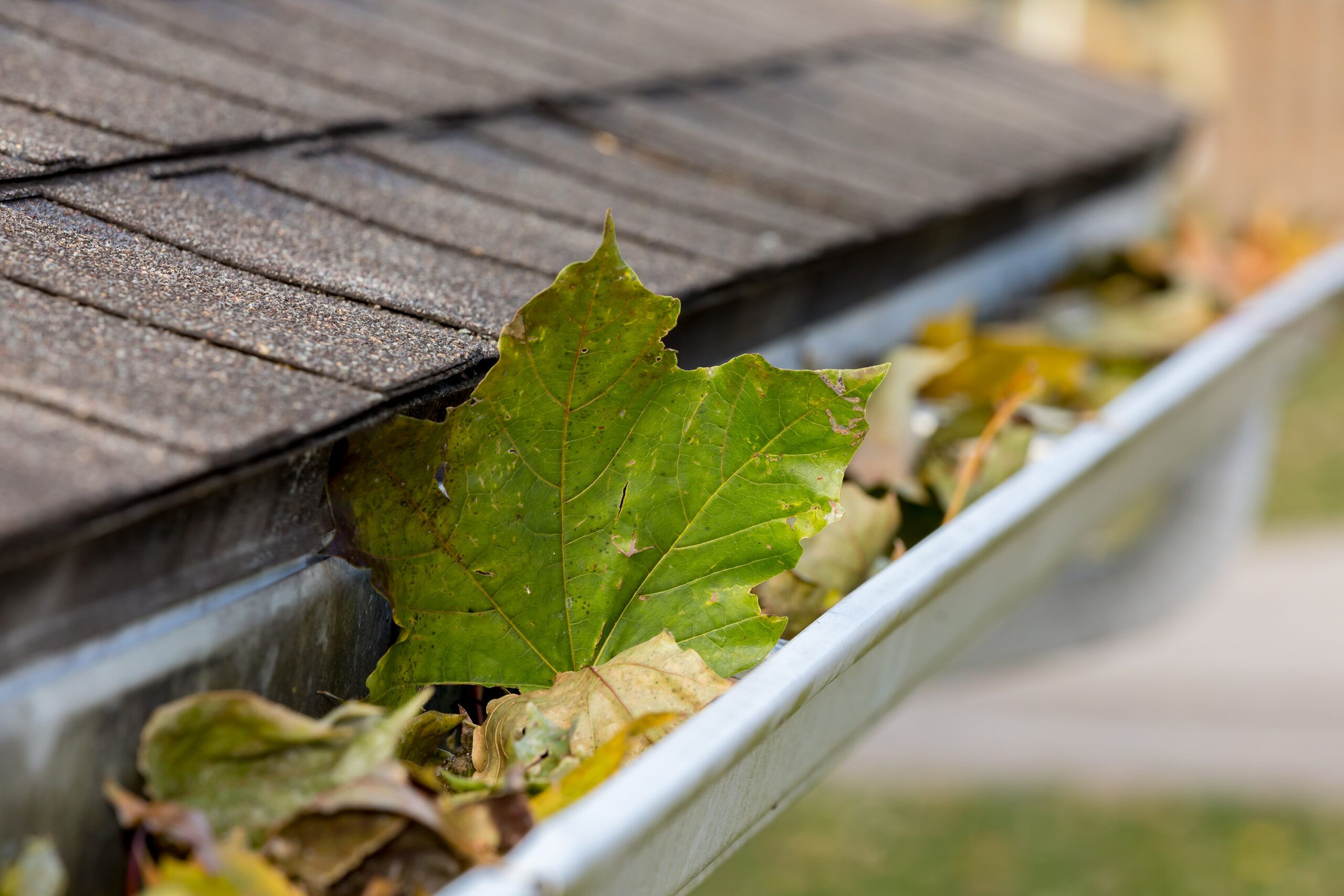

Articles
How To Clear Clogged Gutters
Modified: February 23, 2024
Learn effective techniques for clearing clogged gutters in our informative articles. Discover expert tips and tricks for maintaining a well-functioning gutter system.
(Many of the links in this article redirect to a specific reviewed product. Your purchase of these products through affiliate links helps to generate commission for Storables.com, at no extra cost. Learn more)
Introduction
Gutters play a crucial role in protecting our homes from water damage. They help redirect rainwater away from the foundation, preventing leaks, mold growth, and structural issues. However, over time, gutters can become clogged with leaves, twigs, debris, and other materials, impeding proper water flow and causing potential damage.
In this comprehensive guide, we will explore the importance of clearing clogged gutters, provide step-by-step instructions on how to clear them, discuss the necessary tools and safety precautions, and offer maintenance tips to help you keep your gutters in optimal condition.
By regularly clearing clogged gutters, you can maintain the integrity of your home, prevent costly repairs, and ensure that rainwater is effectively channeled away from your property.
So let’s dive in and learn how to clear clogged gutters.
Key Takeaways:
- Regularly clearing clogged gutters is crucial for preventing water damage, roof issues, pest infestations, and landscape damage. It’s a vital part of home maintenance to ensure a safe and comfortable living environment.
- Prioritize safety, proper equipment, and regular maintenance to protect your home from costly repairs and maintain a well-functioning gutter system. Clearing clogged gutters is essential for preserving your home’s value and integrity.
Read more: How To Clear Clogged Toilet
Importance of Clearing Clogged Gutters
Clogged gutters can cause a range of problems that can negatively impact your home and its surrounding areas. Understanding the importance of regular gutter maintenance can help you avoid these issues and keep your home in excellent condition. Here’s why clearing clogged gutters is essential:
- Prevents Water Damage: One of the primary roles of gutters is to direct rainwater away from your home’s foundation. When gutters are clogged, water can overflow and pool around the foundation, leading to basement flooding, cracks in the foundation, and erosion.
- Avoids Roof Damage: Clogged gutters can cause water to accumulate on the roof, leading to roof damage and leaks. As water backs up, it can seep under the shingles, causing rot, mold growth, and structural issues. Regular gutter cleaning helps to prevent these problems and prolong the lifespan of your roof.
- Prevents Pest Infestations: Clogged gutters provide an ideal breeding ground for pests such as mosquitoes, termites, ants, and rodents. These unwanted guests can find the standing water and debris in your gutters to be an inviting habitat. By keeping your gutters clean, you can avoid attracting pests into your home.
- Preserves Landscaping: Overflowing water from clogged gutters can pour over the edge and onto landscaping below. This excessive water can damage plants, flowers, and shrubs, leading to root rot and decline. By properly maintaining your gutters, you can protect your landscaping investment and keep your yard looking its best.
- Prevents Ice Dams: In colder climates, clogged gutters can contribute to the formation of ice dams. When gutters are blocked, water can back up and freeze, creating a dam that prevents proper drainage. This can lead to water seeping into the roof and causing significant damage. Clearing your gutters before winter can help prevent ice dams and the subsequent issues they cause.
Regularly clearing clogged gutters is a vital part of home maintenance. By preventing water damage, roof problems, pest infestations, landscape damage, and ice dams, you can save yourself from costly repairs and ensure the longevity of your home. In the following sections, we will walk you through the steps to effectively clear your gutters and maintain their functionality.
Tools and Materials Needed
Before you begin clearing your clogged gutters, it’s important to gather the necessary tools and materials to ensure a successful and efficient cleaning process. Here’s a list of items you will need:
- Gloves: It’s essential to protect your hands when clearing debris from your gutters. Opt for a pair of sturdy gloves that offer both dexterity and grip.
- Ladder: Depending on the height of your gutters, you will need a stable ladder to reach them safely. Ensure that the ladder is in good condition and securely positioned on a level surface.
- Gutter Scoop or Trowel: A gutter scoop or trowel is ideal for removing large clumps of debris from the gutters. Look for a tool with a long handle to reach easily into the gutters.
- Gutter Cleaning Brush: A gutter cleaning brush with stiff bristles can be helpful for removing finer debris, such as dirt and residue, from the gutters.
- Bucket or Tarp: To collect the debris as you clean, have a bucket or a tarp nearby to dump the waste into. This will help keep your work area tidy.
- Hose: A garden hose with a spray nozzle is a valuable tool for flushing out the gutters and ensuring they are clear of any remaining debris.
- Safety Glasses: Protect your eyes from debris and potential splashes by wearing safety glasses or goggles.
- Dust Mask: If you’re allergic to dust or have respiratory issues, wearing a dust mask can help reduce the inhalation of debris particles.
- Gutter Guards or Covers: While not a requirement, consider investing in gutter guards or covers to help prevent future debris buildup and reduce the frequency of gutter cleaning.
Having these tools and materials readily available will make the gutter cleaning process smoother and safer. It’s important to prioritize your safety when working at heights, so ensure that you are properly equipped and take necessary precautions throughout the cleaning process. Next, we’ll discuss some essential safety tips to keep in mind as you clear your clogged gutters.
Safety Precautions
Clearing clogged gutters can be a potentially hazardous task, especially when working at heights. It’s crucial to prioritize safety to avoid accidents and injuries. Here are some important safety precautions to follow before and during the gutter cleaning process:
- Use a Sturdy Ladder: Ensure that the ladder you use is in good condition and properly positioned on a stable surface. Follow the ladder manufacturer’s guidelines for safe use and consider using ladder stabilizers or standoff brackets to provide additional stability.
- Wear Protective Gear: Put on a pair of sturdy work gloves to protect your hands from sharp objects and potential hazards in the gutters. Safety glasses or goggles will protect your eyes from debris, and a dust mask will help reduce inhalation of dust and allergens.
- Inform Others: Let someone know that you will be working on your gutters, especially if you are doing it alone. This ensures that help is available in case of any accidents or emergencies.
- Watch the Weather: Avoid cleaning your gutters during rainy or windy conditions as it can make the task more dangerous. Wet gutters and slippery surfaces can increase the risk of falls and injuries.
- Be Cautious of Power Lines: Take note of any nearby power lines when positioning your ladder. Ensure that the ladder is kept a safe distance away from any electrical hazards.
- Beware of Insects and Wildlife: Before reaching into the gutters, be mindful of any insects, spiders, or wildlife that may have taken shelter in the debris. Use caution to avoid bites or stings.
- Don’t Overreach: Keep your center of mass within the ladder’s side rails and avoid leaning or stretching too far to reach debris. It’s better to reposition the ladder than risk losing your balance.
- Tread Carefully on the Roof: If you need to access the roof to clear debris or inspect the gutters, use caution and be aware of any weak spots or slippery areas. Always wear appropriate footwear with good traction.
- Consider Professional Help: If you are uncomfortable with heights or lack the necessary equipment, consider hiring a professional gutter cleaning service. They have the expertise and safety gear to handle the task safely and efficiently.
By following these safety precautions, you can minimize the risk of accidents and injuries while cleaning clogged gutters. Always put your safety first and exercise caution throughout the process. Now that you are aware of the safety measures, let’s move on to the step-by-step process of clearing your clogged gutters.
Step 1: Assess the Gutter Situation
Before diving into the gutter cleaning process, it’s important to assess the current state of your gutters. This will help you determine the level of clogging and any potential issues that may need attention.
Here are some key aspects to consider during the assessment:
- Visible Debris: Take a close look at your gutters from the ground or use a ladder to inspect them up close. Check for any visible debris such as leaves, twigs, or dirt that may be obstructing the gutters.
- Water Overflow: During the next rainstorm, observe the gutters to see if water is overflowing or spilling over the sides. This is a clear indication that there is a blockage preventing proper water flow.
- Downspout Issues: Check the downspouts to see if they are clear and allowing water to drain freely. If the downspouts are clogged, water will not be able to flow adequately, causing potential damage to the gutter system.
- Sagging or Misaligned Gutters: Look for any signs of sagging or misalignment in your gutters. Excessive debris can add weight and strain to the gutter system, causing it to sag or detach from the house. Addressing these issues is crucial to maintain the overall integrity of your gutters.
- Gutter Damage: Assess the condition of your gutters for any signs of damage, such as rust, cracks, or loose connections. Damaged gutters are less effective at channeling water away from your home and may require repair or replacement.
Taking the time to assess the gutter situation will provide valuable insights into the level of cleaning required and any potential issues that need to be addressed. This information will help you plan for the cleaning process effectively and ensure that all necessary steps are taken to maintain the functionality of your gutters.
Once you have assessed the gutter situation, you can proceed to gather the required tools and materials, as discussed earlier. The next step will involve the actual removal of debris from your gutters, which we will outline in detail in the following step.
Read more: How To Clear A Clogged Bathtub
Step 2: Gather Your Equipment
Before you begin clearing your clogged gutters, it’s important to gather all the necessary equipment. Having the right tools at hand will ensure a smooth and efficient cleaning process. Here’s a list of equipment you will need:
- Ladder: Depending on the height of your gutters, choose a ladder that is appropriate for the job. Make sure the ladder is sturdy, in good condition, and securely positioned on a level surface.
- Gloves: Wear a pair of heavy-duty work gloves to protect your hands from debris and sharp edges.
- Gutter Scoop or Trowel: Use a gutter scoop or trowel to manually remove large clumps of debris from the gutters. Look for a tool with a long handle to reach easily into the gutters.
- Gutter Cleaning Brush: Use a gutter cleaning brush with stiff bristles to remove finer debris, such as dirt or residue, from the gutters.
- Bucket or Tarp: Have a bucket or tarp nearby to collect the debris as you clean. This will help keep your work area clean and make it easier to dispose of the debris later.
- Hose with Spray Nozzle: Use a garden hose with a spray nozzle attachment to flush out the gutters and downspouts once the majority of the debris has been removed.
- Safety Glasses or Goggles: Protect your eyes from debris, from splashes, and from any potential hazards by wearing safety glasses or goggles.
- Dust Mask: If you are sensitive to dust or have respiratory issues, consider wearing a dust mask to minimize inhalation of debris particles.
- Gutter Guards or Covers (optional): If you have gutter guards or covers, make sure they are ready to be reinstalled after cleaning the gutters.
Having these tools and equipment readily available will make the gutter cleaning process easier and more efficient. Remember to prioritize your safety throughout the cleaning process by following the safety precautions mentioned earlier. Once you have gathered all the necessary equipment, you are ready to move on to the next step: removing the debris from your gutters.
Regularly clean your gutters to prevent clogs. Use a gutter scoop or trowel to remove debris, and flush with a hose to clear any remaining blockages.
Step 3: Remove Debris by Hand
Now that you have assessed the gutter situation and gathered your equipment, it’s time to start removing the debris from your gutters. This step involves manually clearing out the large clumps of debris and any other visible obstructions. Follow these steps to effectively remove the debris by hand:
- Begin at the Downspout: Start by working at the downspout and gradually move towards the opposite end of the gutter. This will ensure that any dislodged debris flows towards the downspout for easier removal.
- Use a Gutter Scoop or Trowel: Scoop out the larger debris such as leaves, twigs, and mud using a gutter scoop or trowel. This tool will allow you to reach deep into the gutter and collect the debris efficiently.
- Place Debris in a Bucket or Tarp: As you remove the debris, place it directly into a bucket or onto a tarp laid out nearby. This will help keep your work area clean and make it easier to dispose of the debris later.
- Check for Clogs: Keep an eye out for clogged areas where the debris may be tightly packed. Use your gloved hands or a small handheld brush to break up any clogs and remove the debris.
- Inspect the Downspout: As you clear the gutters, periodically check the downspout for any blockages. If you notice a clogged downspout, use your hands or a plumber’s snake to clear the obstruction and ensure proper water flow.
- Dispose of the Debris: Once you have removed the majority of the debris from the gutters, carefully pour it into a compost bin or dispose of it in a yard waste bag according to your local waste regulations.
While removing the debris by hand, be mindful of your balance and avoid leaning too far over the edge of the ladder. Take breaks as needed and stay hydrated. Remember to always prioritize safety and follow the safety precautions outlined earlier.
Removing the debris by hand is an essential step in the gutter cleaning process as it allows you to physically clear out the obstructions and create a clean surface for water to flow through. Once you have removed the large debris, you can proceed to the next step of flushing out the gutters using a hose, which we will cover in the following step.
Step 4: Use a Hose to Flush Out the Gutters
After removing the larger debris from your gutters, it’s time to thoroughly clean them by flushing out any remaining dirt, smaller particles, and accumulated grime. Flushing the gutters with a hose will ensure that they are clear of debris and allow for proper water flow. Follow these steps to use a hose to flush out the gutters:
- Attach a Nozzle to Your Hose: Begin by attaching a spray nozzle with a jet or high-pressure setting to your garden hose. This will help provide sufficient water pressure to dislodge any lingering debris.
- Start at the Opposite End of the Downspout: Begin spraying water into the gutters at the opposite end of the downspout, away from the downspout itself. This will ensure that any remaining debris is pushed towards the downspout for easy removal.
- Work in Small Sections: Work in small sections of the gutters at a time, directing the water flow along the length of the gutter. This will effectively dislodge any dirt or grime that may have accumulated along the gutters.
- Direct Water Towards the Downspout: Aim the hose towards the downspout, allowing the water to flow in the same direction as the natural drainage. This will help flush out any debris that may be lodged in the downspout.
- Inspect the Downspout: As you flush out the gutters, periodically check the downspout to ensure that water is flowing freely. If you notice any blockages, use a plumber’s snake or similar tool to clear the downspout.
- Continue Flushing Until Water Runs Clear: Flush each section of the gutters until the water runs clear, indicating that all debris has been successfully removed.
While using the hose, be mindful of the water pressure and avoid directing it towards delicate areas, such as windows or electrical fixtures. Take care to stay balanced and avoid leaning too far over the edge of the ladder.
Flushing out the gutters with a hose is an important step as it ensures that any remaining debris is removed and allows for proper water drainage. Once the gutters and downspouts are clear, you can proceed to the next step of unclogging downspouts, which we will cover in the following step.
Step 5: Unclog Downspouts
Downspouts play a vital role in directing water away from your home’s foundation. However, they can sometimes become clogged with debris, obstructing the proper flow of water. Unclogging the downspouts is an essential step to ensure the effectiveness of your gutter system. Follow these steps to effectively unclog the downspouts:
- Inspect the Downspouts: Begin by visually inspecting the downspouts for any visible blockages. Look for signs of debris or buildup, such as leaves, twigs, or dirt, that may be obstructing the flow of water.
- Use a Plumber’s Snake or Downspout Snake: If you notice a clogged downspout, insert a plumber’s snake or downspout snake into the downspout to remove the obstruction. Carefully maneuver the snake up and down the downspout to break up any debris.
- Flush with Water: After using the snake to dislodge the clog, flush the downspout with water from a hose to clear out any remaining debris. Direct the hose into the downspout and let the water flow through to ensure proper drainage.
- Check for Proper Water Flow: Monitor the water flow as you flush the downspout and ensure that it is flowing freely without any backups or blockages. If the water is not draining properly, repeat the unclogging process or consider seeking professional assistance.
- Prevent Future Clogs: To prevent future clogs in your downspouts, consider installing downspout guards or extensions to keep debris out and ensure proper drainage. Regularly inspect and clean the downspouts as part of your gutter maintenance routine.
It’s crucial to address downspout clogs promptly to prevent water damage to your home’s foundation and adjacent areas. By taking the time to unclog the downspouts, you can ensure that your gutter system is functioning properly and effectively directing water away from your home.
With the downspouts unclogged, you have successfully cleared your gutters and downspouts of debris. However, to prevent future clogs and maintain the functionality of your gutters, you may want to consider installing gutter guards or covers, which we will discuss in the next step.
Read more: How To Tell If Your Gutters Are Clogged
Step 6: Consider Gutter Guards or Covers
Gutter guards or covers are optional additions to your gutter system that can help prevent debris from entering and clogging your gutters. They act as a barrier, allowing water to flow through while blocking leaves, twigs, and other debris. Consider installing gutter guards or covers to minimize the frequency of gutter cleaning and maintain the overall effectiveness of your gutters. Here’s what you need to know:
- Types of Gutter Guards: There are various types of gutter guards available, including mesh screens, foam inserts, bottle brush-style inserts, and surface tension designs. Each type has its own pros and cons, so research and choose the one that best fits your needs and budget.
- Installation: Gutter guards can be installed by a professional or as a DIY project, depending on your comfort level and expertise. Follow the manufacturer’s instructions carefully to ensure proper installation.
- Benefits of Gutter Guards: Gutter guards provide several benefits, such as reducing the need for frequent gutter cleaning, preventing clogs and water overflow, and reducing the risk of pests making a home in your gutters.
- Maintenance: While gutter guards can significantly reduce the amount of debris that enters your gutters, they still require occasional maintenance. Periodically check and clean the gutter guards to remove any trapped debris and ensure proper water flow.
- Considerations: Keep in mind that gutter guards are not foolproof and may not completely eliminate the need for gutter maintenance. Depending on your location and the surrounding foliage, some debris may still find its way into the gutters. Regular inspection and occasional cleaning may still be necessary.
Installing gutter guards or covers can be a valuable investment, especially if you have a lot of trees near your home or frequently experience heavy debris buildup. They can help save time and effort in cleaning gutters and minimize the risk of clogs and water damage. Consider your specific requirements and consult with professionals if necessary to choose the right gutter guards for your home.
With gutter guards or covers installed, the maintenance of your gutters becomes more manageable. However, regular upkeep is still important to ensure their functionality. In the next step, we will discuss some general maintenance tips to keep your gutters in good condition.
Step 7: Regular Maintenance Tips
Regular maintenance is essential to keep your gutters in optimal condition and prevent future clogs and issues. By following these maintenance tips, you can prolong the life of your gutters and ensure they continue to function effectively:
- Clean Gutters Annually: Schedule a yearly gutter cleaning to remove any debris that may accumulate over time. This can help prevent clogs and ensure proper water flow.
- Trim Overhanging Branches: Regularly trim any tree branches that hang over your roof or gutters. This will minimize the amount of debris that falls into your gutters and reduce the risk of damage.
- Monitor Gutter Alignment: Periodically check the alignment of your gutters to ensure they are properly attached and sloping towards the downspouts. Adjust any sections that may have become misaligned.
- Inspect for Damage: Regularly inspect your gutters for signs of damage, such as rust, cracks, or loose connections. Address any issues promptly to prevent further damage and water leakage.
- Keep Downspouts Clear: Monitor your downspouts to ensure they remain clear of debris. Regularly inspect and clean them to maintain proper water flow.
- Check for Proper Drainage: After rainfall, observe the flow of water from your downspouts. Ensure that water is effectively directed away from your home’s foundation.
- Consider Gutter Extensions: If water pools or accumulates near your home’s foundation, consider adding gutter extensions to direct water further away from the house.
- Regular Roof Maintenance: Keep your roof in good condition by inspecting for any signs of damage, such as missing or damaged shingles. Address any roof issues promptly to prevent water from seeping into your gutters.
- Inspect Attic and Ceiling: Regularly check your attic and ceilings for signs of water damage, such as dampness, mold growth, or water stains. These signs may indicate a problem with your gutters or downspouts.
By implementing these regular maintenance tips, you can keep your gutters in excellent shape and reduce the likelihood of clogs, water damage, and costly repairs. Don’t neglect the importance of gutter maintenance and address any issues as soon as they arise.
Congratulations! You have now completed the step-by-step process of clearing clogged gutters and learned how to maintain their functionality. By following these steps and incorporating regular maintenance, you can ensure that your gutters effectively protect your home from water damage for years to come.
Remember to prioritize safety throughout the gutter cleaning process and consult professionals if you need assistance or if you’re unsure about any aspect of the task. Your efforts will be rewarded with a well-maintained gutter system and peace of mind.
Happy gutter cleaning!
Conclusion
Clearing clogged gutters is an essential task to maintain the integrity of your home and prevent water damage. By following the step-by-step process outlined in this guide, you can effectively remove debris, unclog downspouts, and ensure proper water flow through your gutters. Regular maintenance, such as annual cleaning and inspecting for damage, will help prolong the lifespan of your gutters and prevent future issues.
Clearing clogged gutters offers several benefits. It helps prevent water damage to your home’s foundation, avoids roof leaks and structural issues, deters pest infestations, and preserves your landscaping. Clogged gutters can lead to ice dams in colder climates, causing significant damage. By addressing these issues proactively, you can save yourself from costly repairs and maintain a safe and comfortable living environment.
Throughout the gutter cleaning process, remember to prioritize safety. Use proper equipment, such as gloves and safety glasses, and ensure your ladder is stable and positioned correctly. Be cautious of power lines, insects, and wildlife. If you are uncomfortable or unable to perform the task, consider hiring a professional gutter cleaning service to ensure a thorough and safe job.
Installing gutter guards or covers can reduce the frequency of gutter cleaning and provide added protection against debris buildup. They act as a barrier, allowing water to flow freely while keeping leaves and twigs out. However, regular maintenance and occasional cleaning of the gutter guards are still necessary to ensure their optimal performance.
Remember to inspect your gutters regularly, especially after rainstorms, to ensure proper water flow and drainage. Monitor the downspouts for any blockages and address them promptly to prevent damage to the gutter system. Trim overhanging branches to minimize the amount of debris that falls into the gutters and maintain proper drainage.
By taking the time to clear clogged gutters and maintain their functionality, you are protecting your home and preserving its value. Regular maintenance will save you from potential water damage, costly repairs, and unnecessary stress in the long run.
Now that you have the knowledge and guidance to clear clogged gutters, it’s time to take action. Grab your tools, prioritize safety, and give your gutters the attention they deserve. Your home will thank you!
Frequently Asked Questions about How To Clear Clogged Gutters
Was this page helpful?
At Storables.com, we guarantee accurate and reliable information. Our content, validated by Expert Board Contributors, is crafted following stringent Editorial Policies. We're committed to providing you with well-researched, expert-backed insights for all your informational needs.
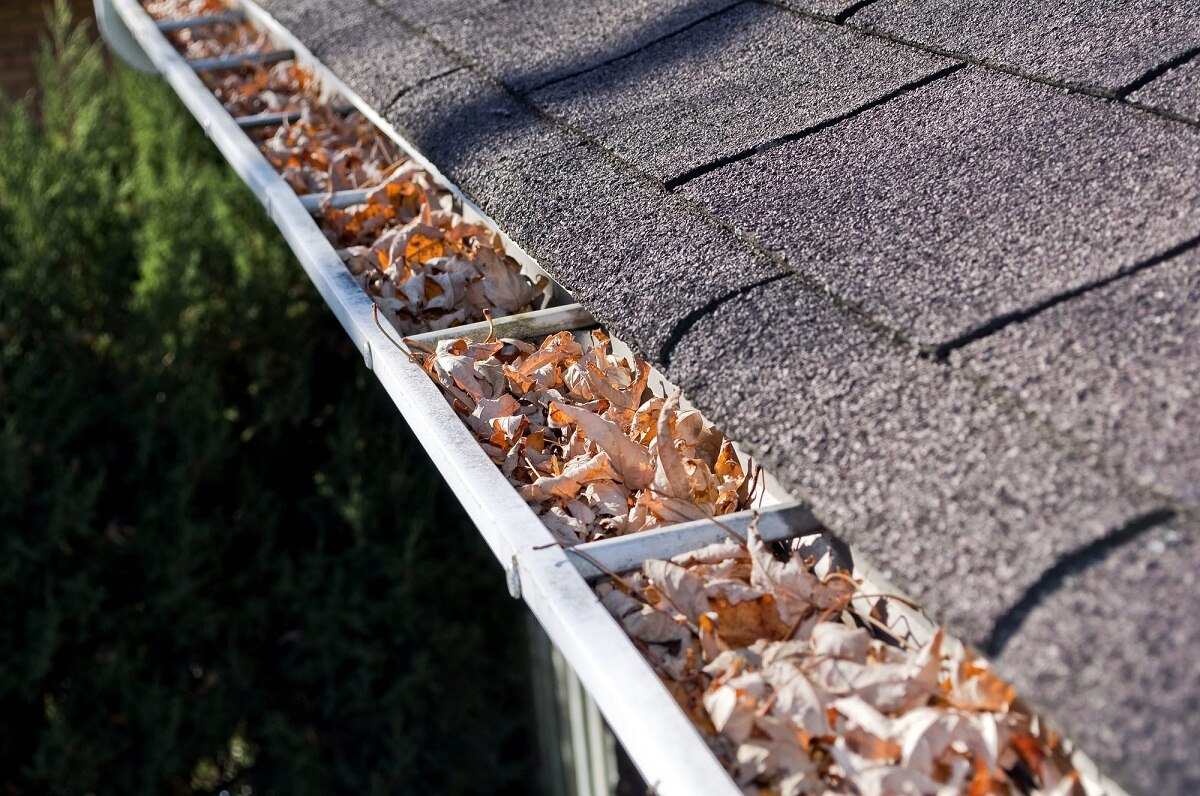
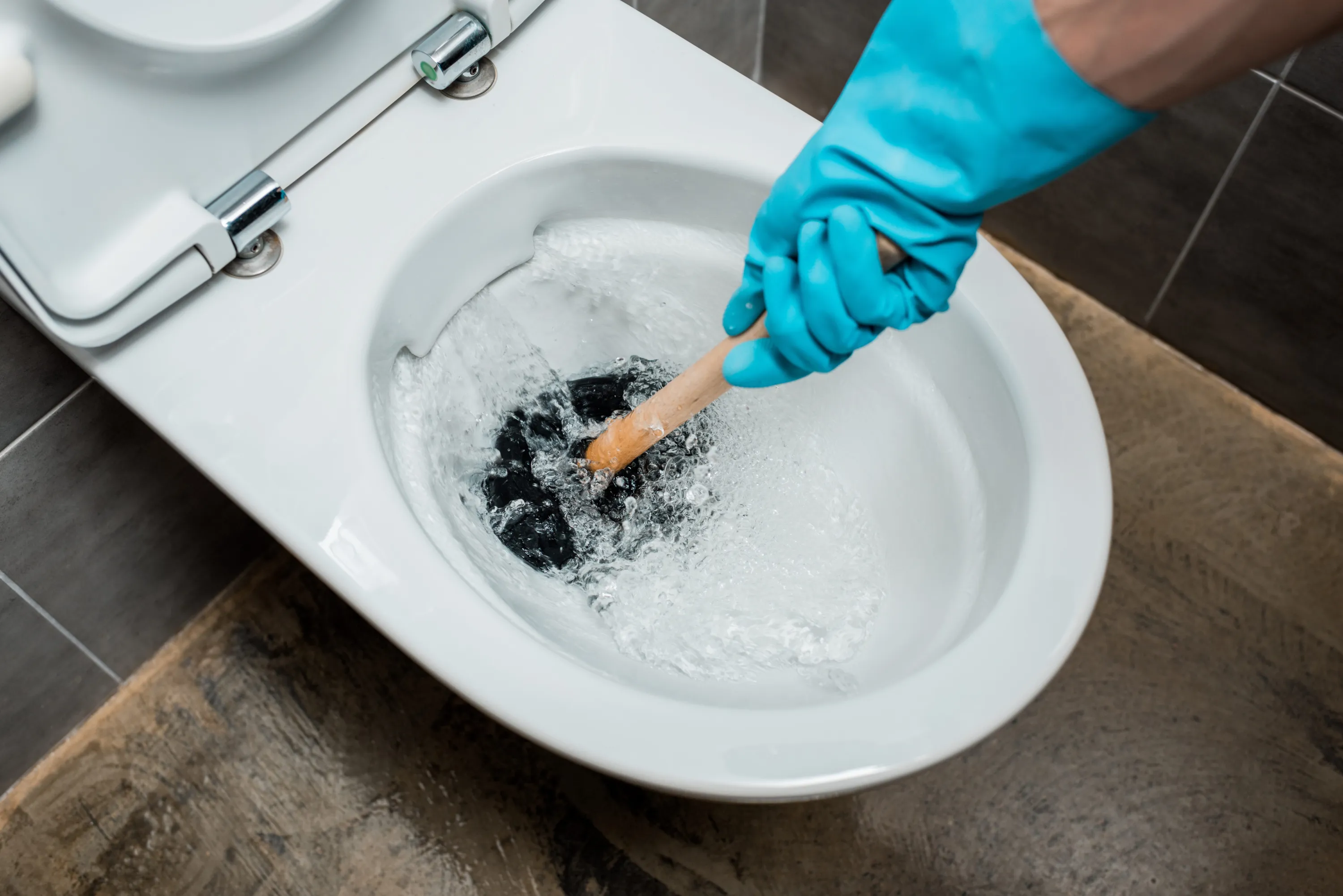
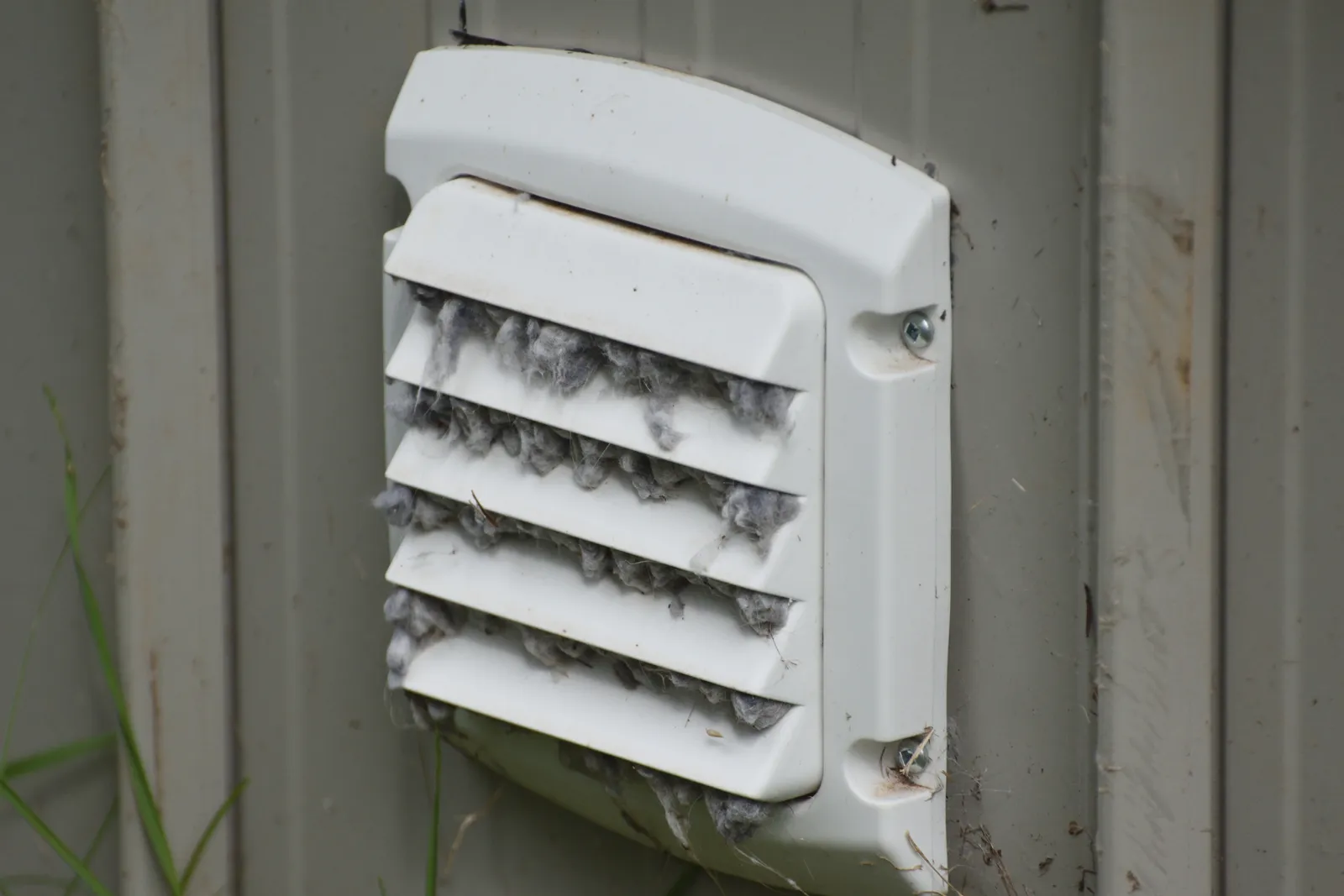
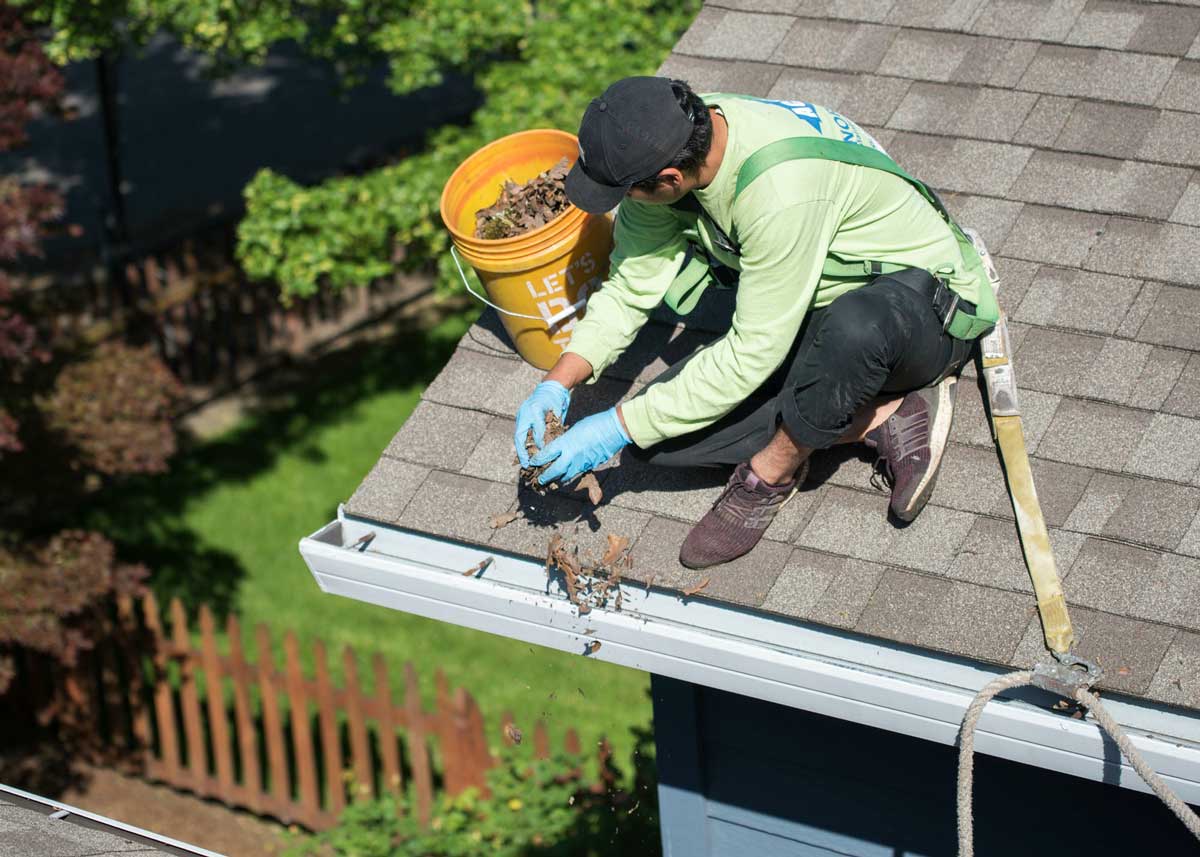
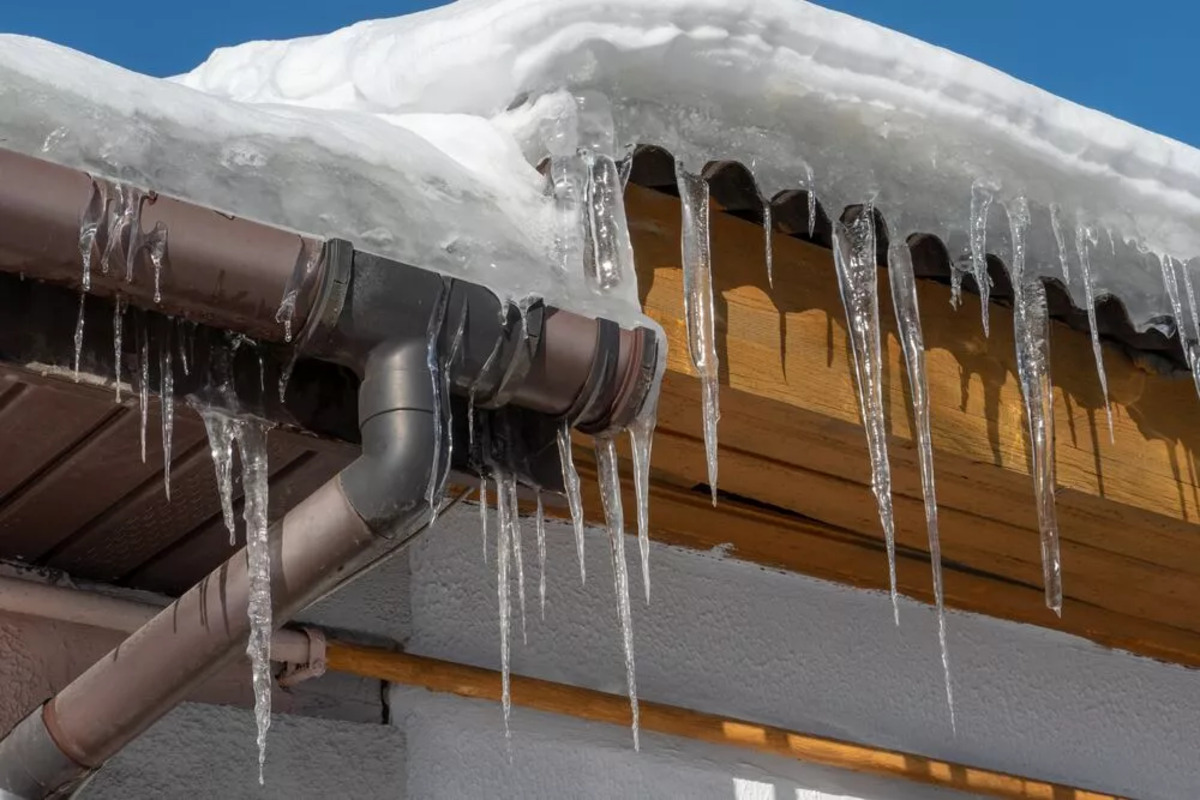
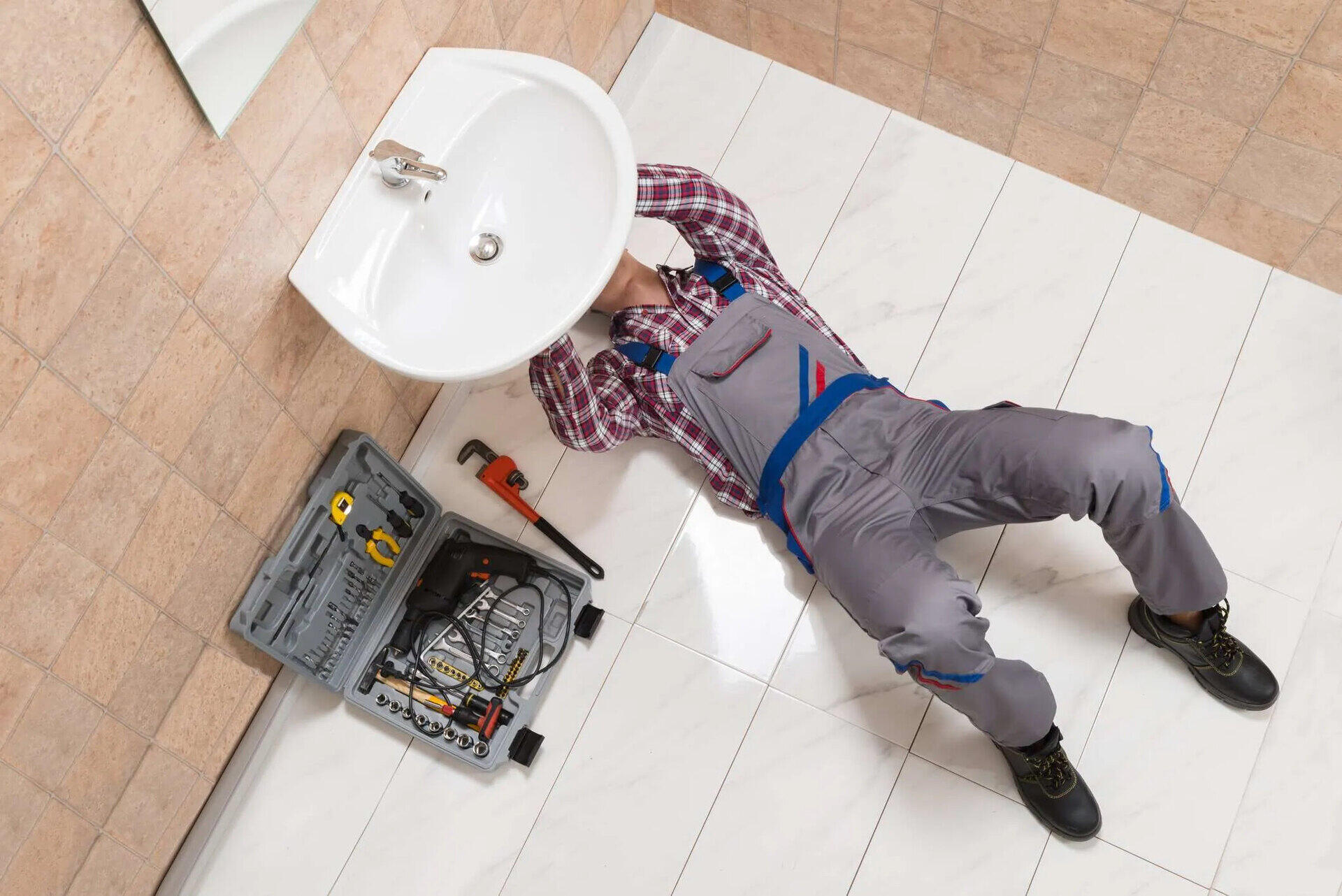
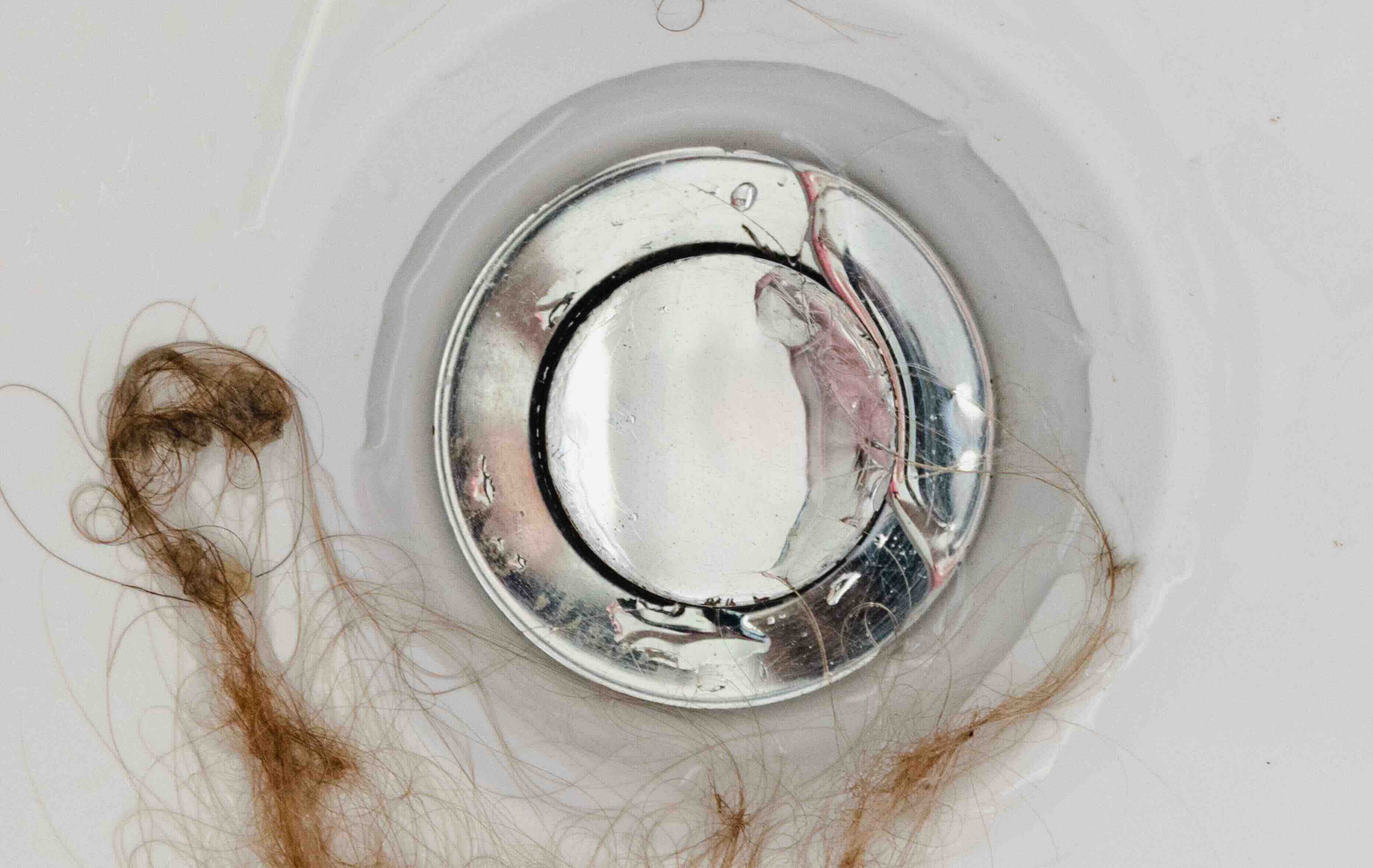
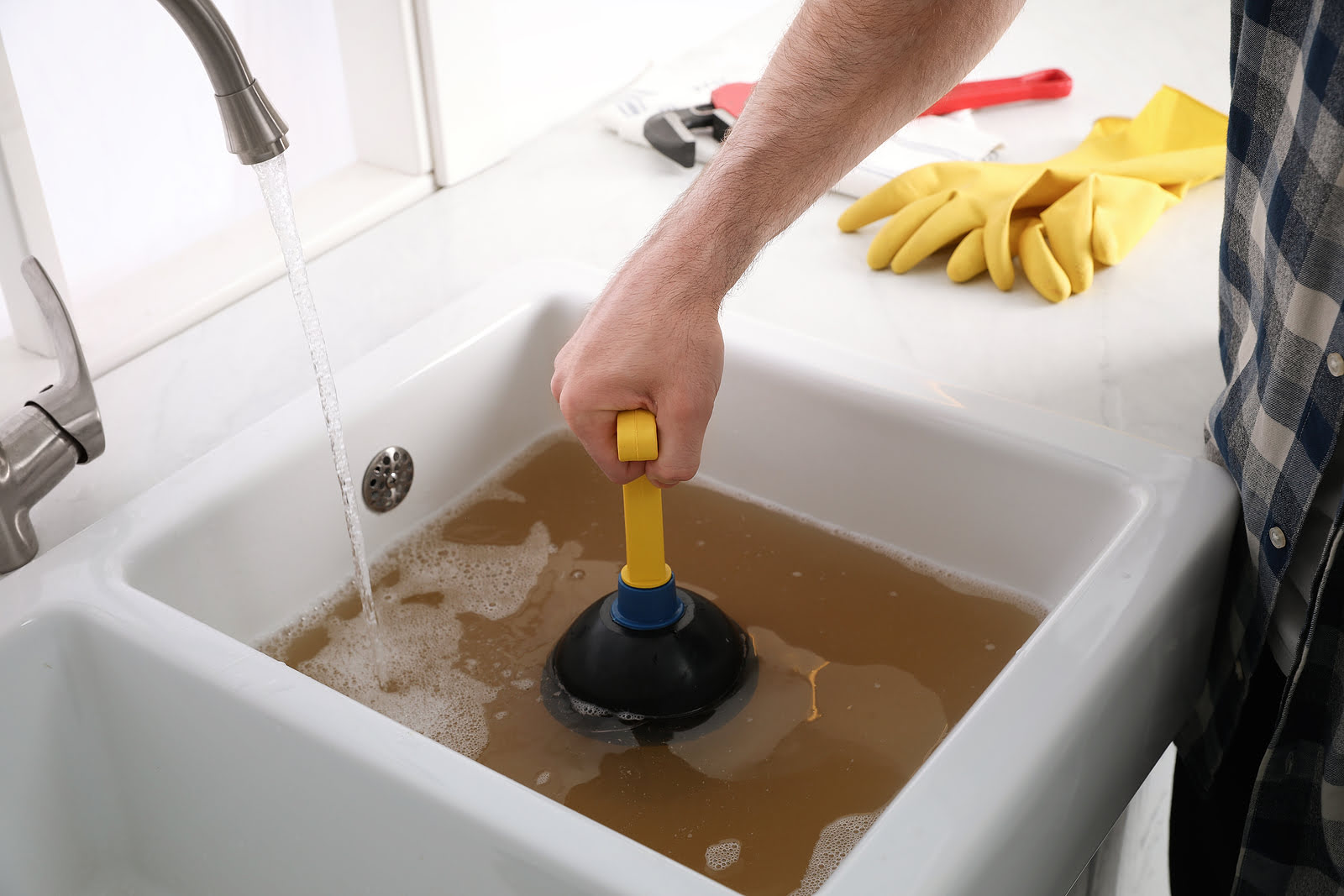
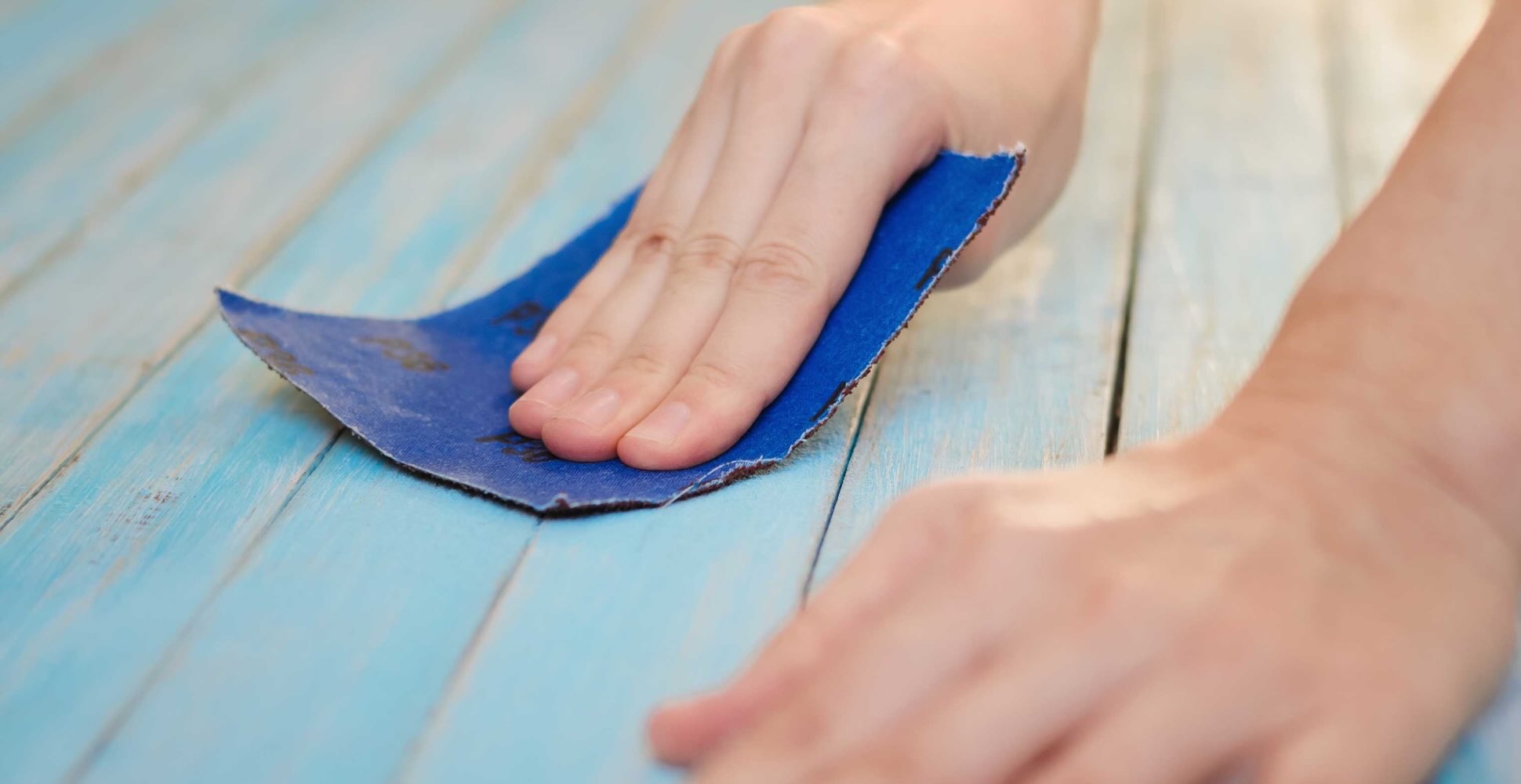
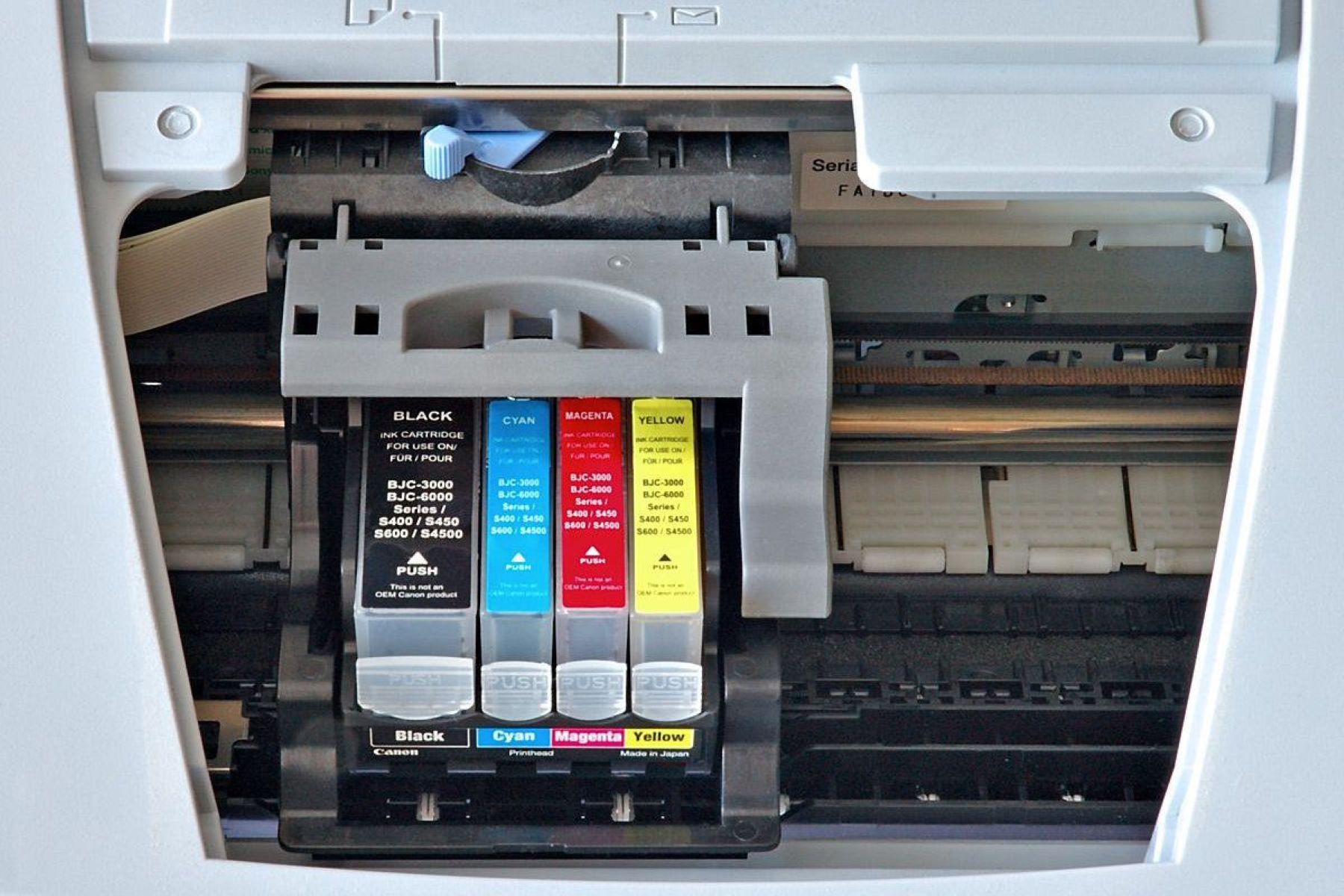
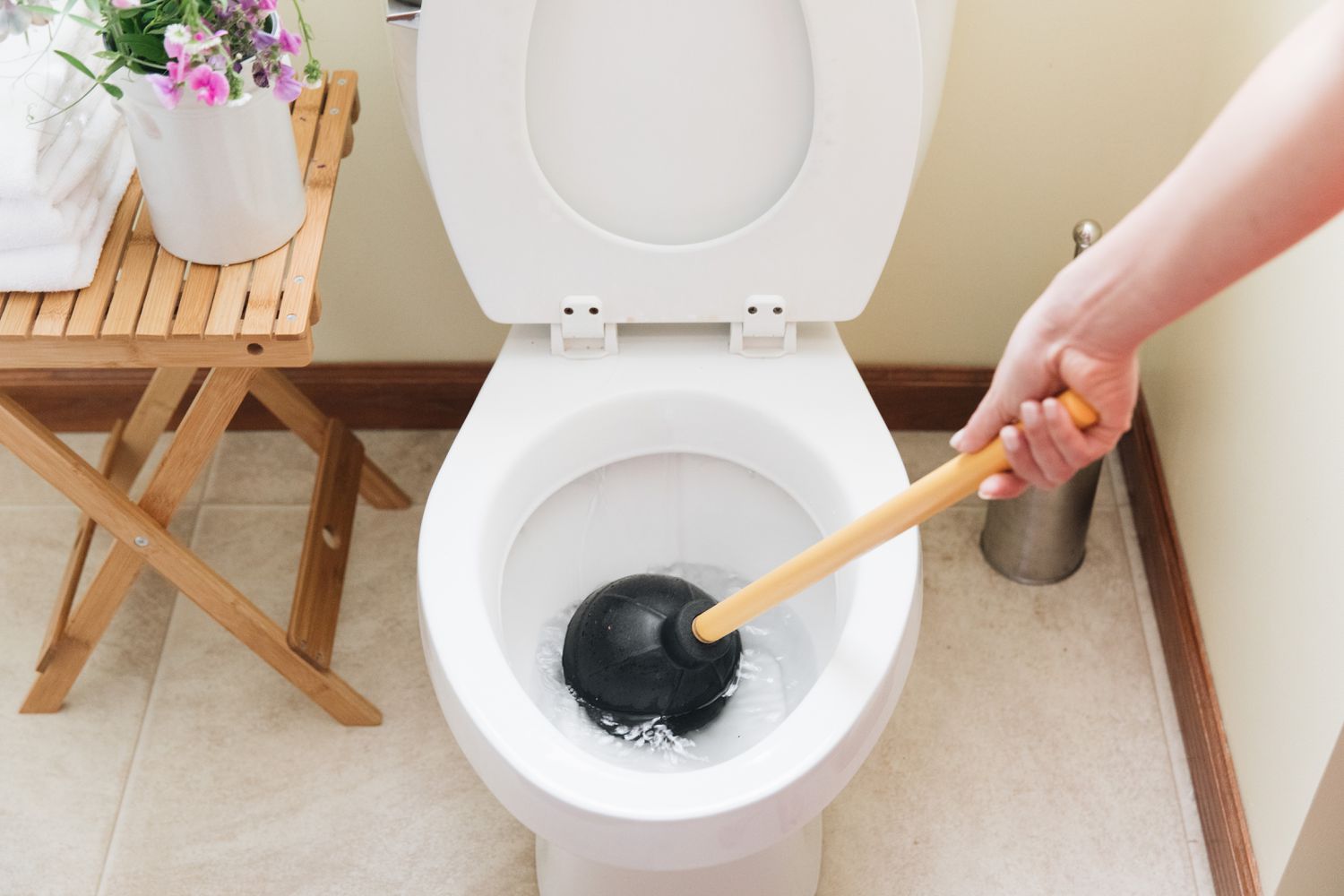
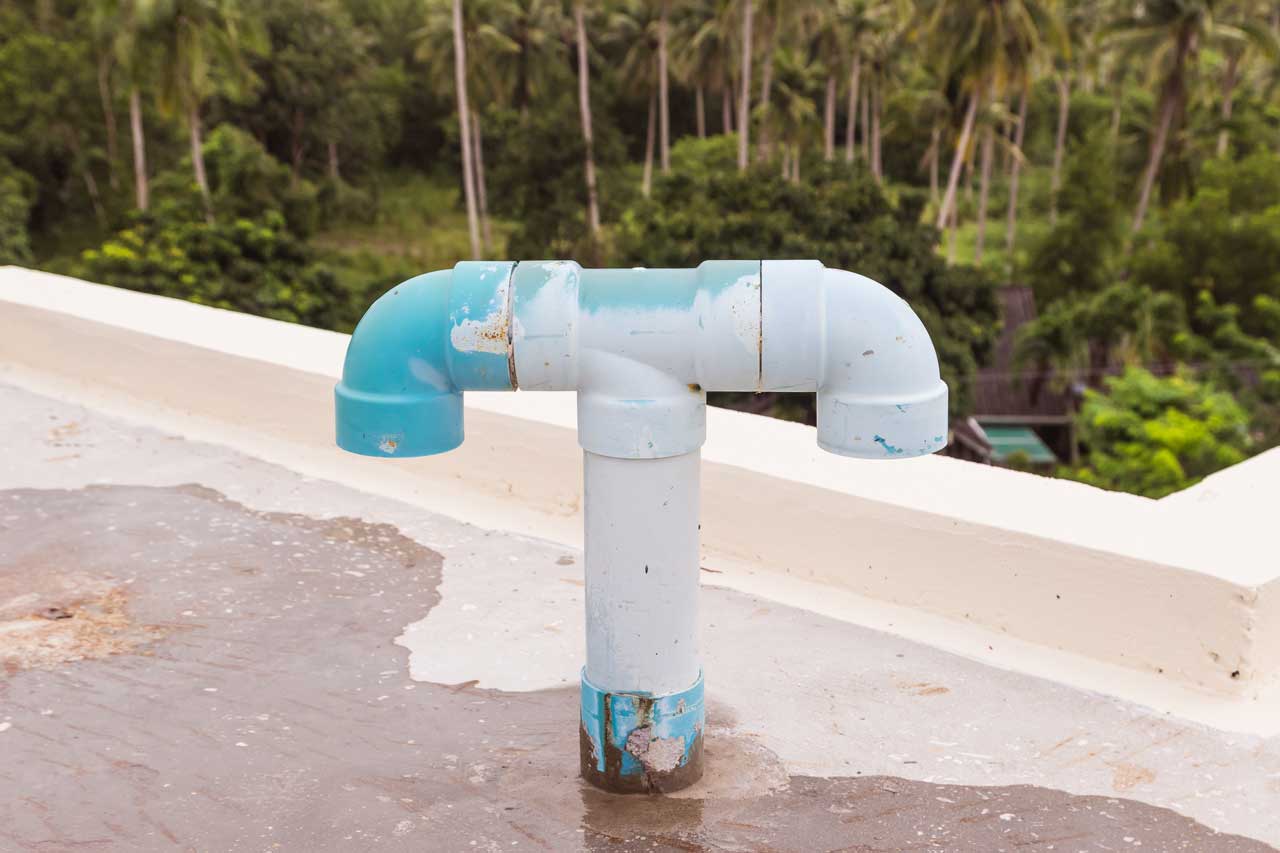
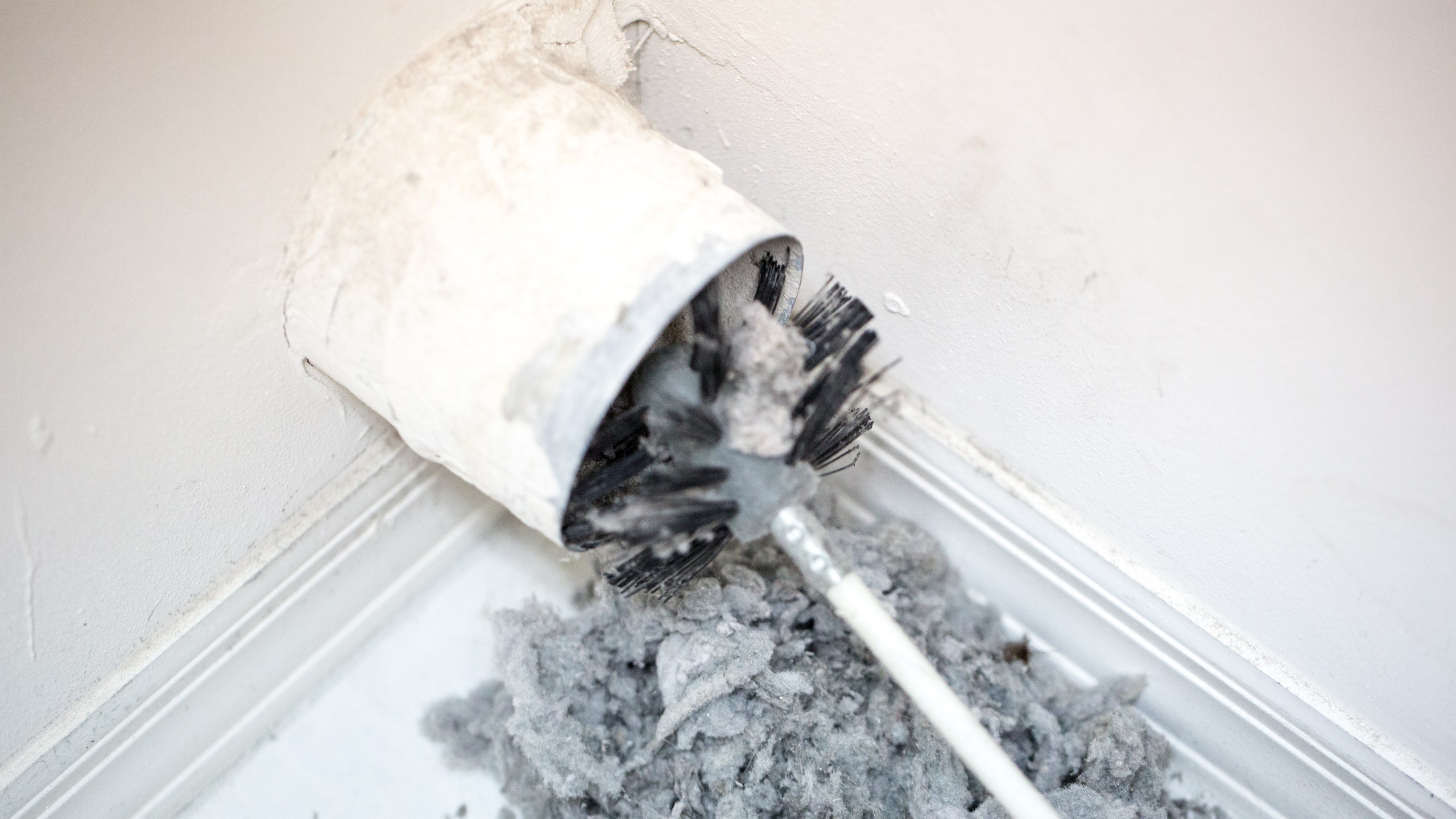

0 thoughts on “How To Clear Clogged Gutters”